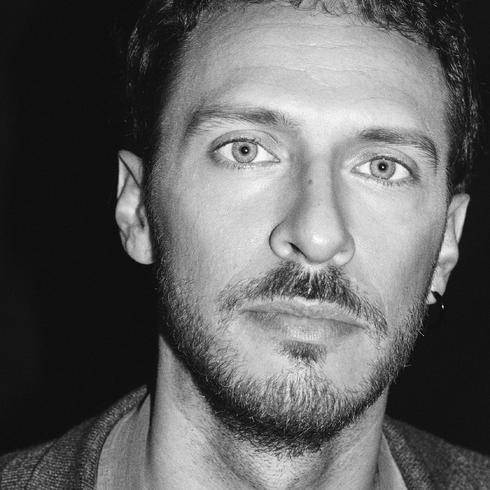
" Copia Carbone "
For ensemble
Ed. Ricordi
- Winner : The Musical Springboard 2023
14'
“Copia carbone” was commissioned by Ensemble Proton Bern First performance: 15 March 2022 @ Dampfzentrale, Bern (CH) Ensemble Proton Bern, Aaron Cassidy (conductor) Protonwerk n.11
This work seeks to explore the interaction between a group of (mostly unusual) acoustic instruments, and a series of samplers made almost exclusively of unprocessed audio samples of the same instruments, a sort of “carbon copy” of the ensemble. The virtual instrument include audio material recorded during an early meeting with the musicians, besides sounds from other acoustic sources (e.g. bells, piano harmonics). The two realms of sound (acoustic and electronic) follow a similar path of transfiguration/amplification/ distortion of the same material and its structures, building complementary colours and blurring their boundary.
The virtual instrument is a rack of different samplers, each of which is tuned to slightly different temperaments and tuning systems. Notes are triggered through arpeggiators with a fine control over rhythmical variations, shuffles and wonky pulses. The form of the piece gradually unfolds the different qualities of each sampler/section, until a sort of “coda” brings all the previous material to a temporal vortex, moving quickly back and forth through what has been already heard, under a new (rhythmical) light.

